Fischer Lab of Plant Community and Ecosystem Ecology
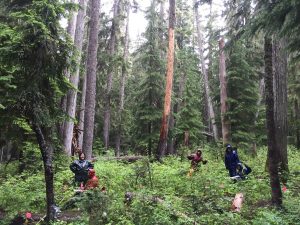 This is the homesite for the Fischer Lab of Plant Community and Ecosystem Ecology at The Evergreen State College.
This is the homesite for the Fischer Lab of Plant Community and Ecosystem Ecology at The Evergreen State College.
Our mission is to conduct cutting-edge research in plant biodiversity and ecosystem function in forests and prairies, while giving the opportunity for hands-on engagement in the science of ecology for undergraduate students. We focus on projects related to plant biodiversity, succession, genetic diversity, plant physiology, and forest ecosystem carbon (C) and nitrogen (N) cycling. Our research involves measuring causes and consequences of community change and ecosystem function above- and below-ground. The lab’s current work is divided between riparian forests in theSouthwest (US), western Washington forests, and disturbed ecosystems near Mount St. Helens. In each of these systems we address questions related to forest carbon cycling, soils, biogeochemistry, community ecology, and forest-stream interactions.
Some active research in the lab:
Evaluating Effects of Tephra in Chile!:
Following a 2019 sabbatical in Chile’s Los Lagos region, our lab is continuing to work up data related to ecosystem response to the 2015 eruption of Volcan Calbuco in Chile. We are working in partnership with Charlie Crisafulli (USFS), ecologist Lisa Hintz, and Parque Valle los Úlmos to understand patterns in ecosystem recovery following the 2015 eruption of Vocan Calbuco!
Genes to ecosystems: 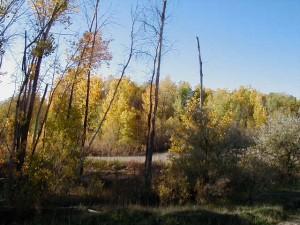 Our lab is excited about our ongoing work examining genetic effects on ecosystems using Cottonwood forests as a model ecosystems. Our recent work in this area has suggested individual tree genotypes can have unique ecosystem-level effects on forests and streams (in water, carbon, and nitrogen cycling). We are continuing our long-term collaborations with other universities and agencies working on riparian forest restoration and research along the lower Colorado River (AZ) in the Southwestern US.
Our lab is excited about our ongoing work examining genetic effects on ecosystems using Cottonwood forests as a model ecosystems. Our recent work in this area has suggested individual tree genotypes can have unique ecosystem-level effects on forests and streams (in water, carbon, and nitrogen cycling). We are continuing our long-term collaborations with other universities and agencies working on riparian forest restoration and research along the lower Colorado River (AZ) in the Southwestern US.
Continuing collaborations with Dr. 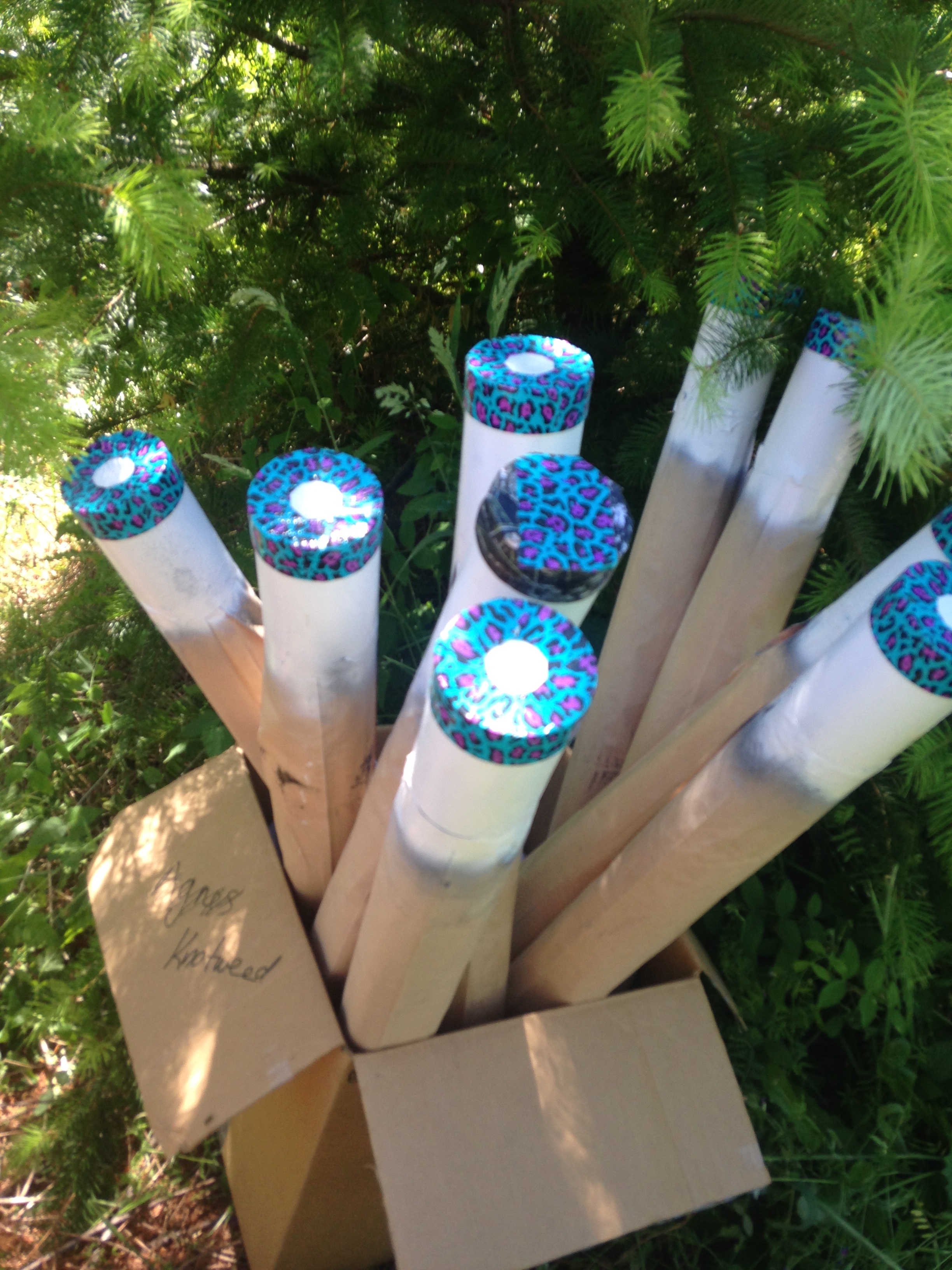 Connie Harrington and the USFS Pacific Northwest Research Station are allowing us to start thinking about similar work in a new Douglas fir common garden in western Washington.
Connie Harrington and the USFS Pacific Northwest Research Station are allowing us to start thinking about similar work in a new Douglas fir common garden in western Washington.
Check out the underground with our below-ground work!
We have been working extensively with touchscreen technology (Rootsnap – CID inc) and tracing a series of images from our temperate rain forest diversity plots and Southwestern Cottonwood forest plots. We are also doing work on below-ground C flux, and root excavations to understand root size distributions in forest soils – i.e., where is all that root C stored anyway? We have found some interesting patterns recently where more diverse forest plots also cycle root C faster. We recently more than doubled our network of actively monitored minirhizotrons. Stay tuned root-fans!
2013 NPR piece on our root research linked here: ROOTS
We also continue work on the Evergreen Ecological Observation Network (EEON) project in our local forests. Check out the EEON page for more on this work.
Our Work continues at Mount St. Helens, evaluating plant and soil responses to tephra deposits in old-growth 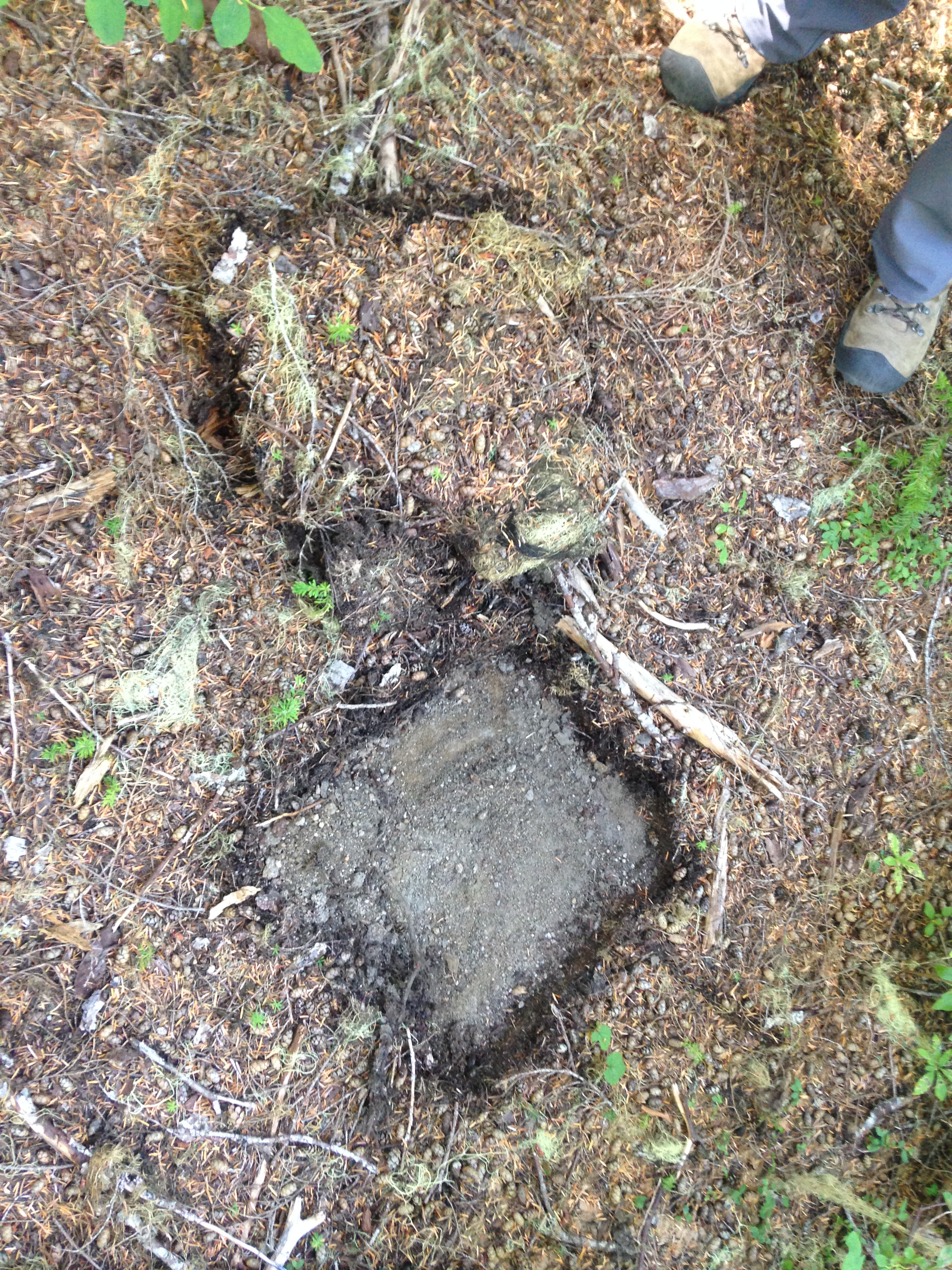 forests and clear-cuts from the 1980 eruption of Mount St Helens! It has been more than 30 years since the eruption and we are looking at 1) forest understory community response, and 2) how soils ave recovered. This work is in close collaboration with Don Zobel (OSU) and Joe Antos (U Victoria). Check back for more on this exciting new project
forests and clear-cuts from the 1980 eruption of Mount St Helens! It has been more than 30 years since the eruption and we are looking at 1) forest understory community response, and 2) how soils ave recovered. This work is in close collaboration with Don Zobel (OSU) and Joe Antos (U Victoria). Check back for more on this exciting new project
Check out our publications page for more recent work! You can contact us directly.
e-mail: fischerd (at) evergreen.edu for more information
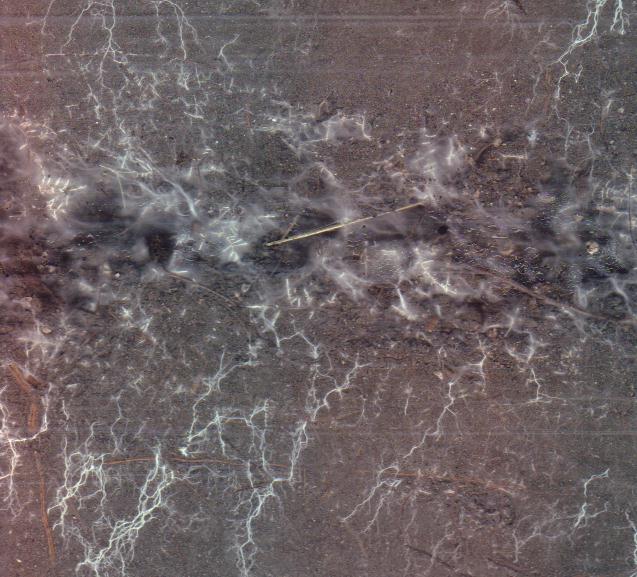
Leave a Reply
You must be logged in to post a comment.